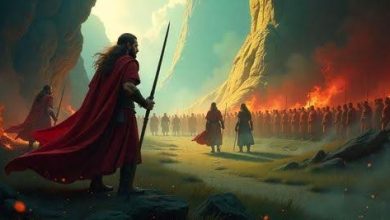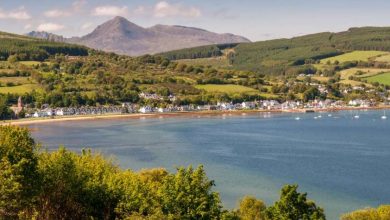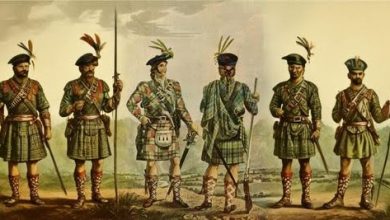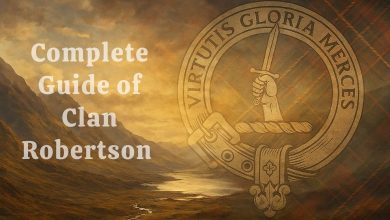The Most Famous Scottish Monarchs Throughout History
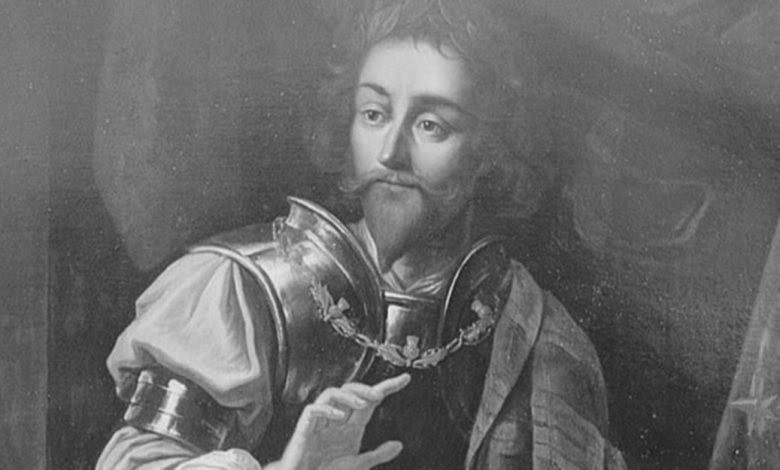
Monarchy is any country’s political system where a king or queen is the head. Scotland has been home to a significant number of Monarchs from day one. They left a great impression on Scottish history. In this article, we will discuss the most famous Scottish monarchs throughout their history, including Robert the Bruce, the Alexander family, and many more.
Most Famous Scottish Monarch
43 Sovereign states in the world today still follow the monarchy system including Scotland. Every monarch in Scotland was ruled by the same family, transcending to their next generations. The following content discusses the most famous Scottish monarchs, including Malcolm II, King of Alba.
During historical events, Scottish leaders and their supporters often wore traditional tartan kilts as symbols of their heritage. This attire remains iconic and is still worn by many Scots today in honor of their monarchy’s legacy.
Malcolm II (1005-1034)
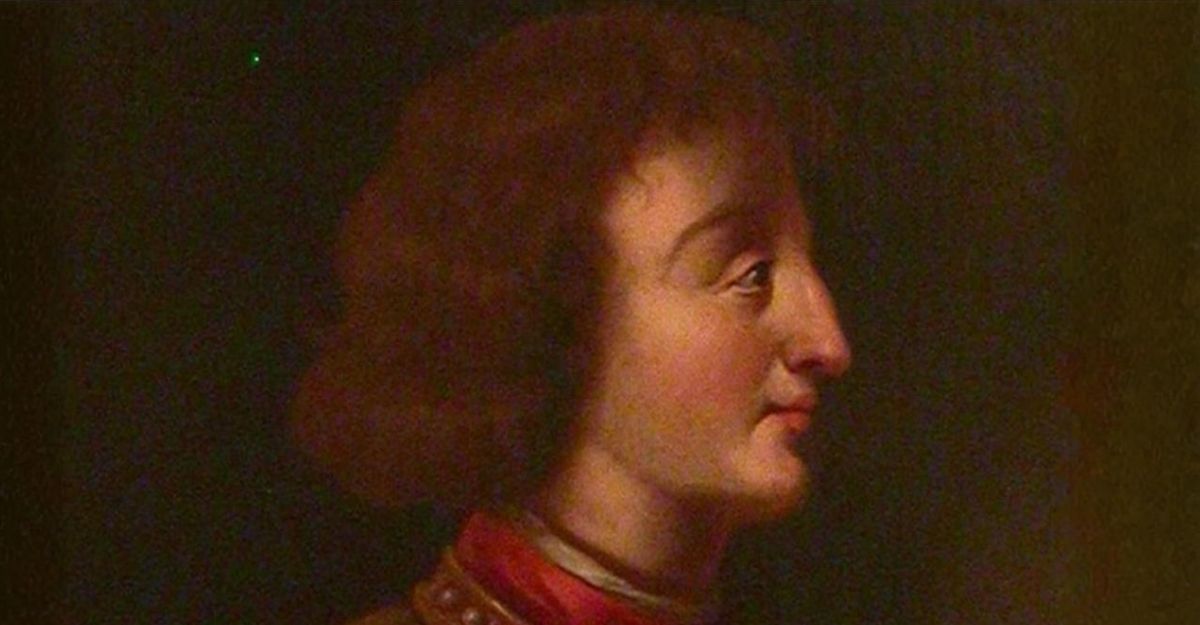
King Malcolm II was born in 954 and became monarch in 1005. He had to kill his cousin, the previous king, to succeed to the throne. During his reign, he generally worked with two primary motives: to secure his family and to extend his kingdom.
He was the first to rule a large area that Modern Scotland covers today. The Battle of Carham was a notable battle of his era that occurred in Northumbria where he remained victorious. Battle at Glamis Castle in Angus on November 25, 1034 was proven to be his last battle where he was injured and could not survive. Malcolm II had no son, and his grandson succeeded in his throne.
Macbeth (1040-57)
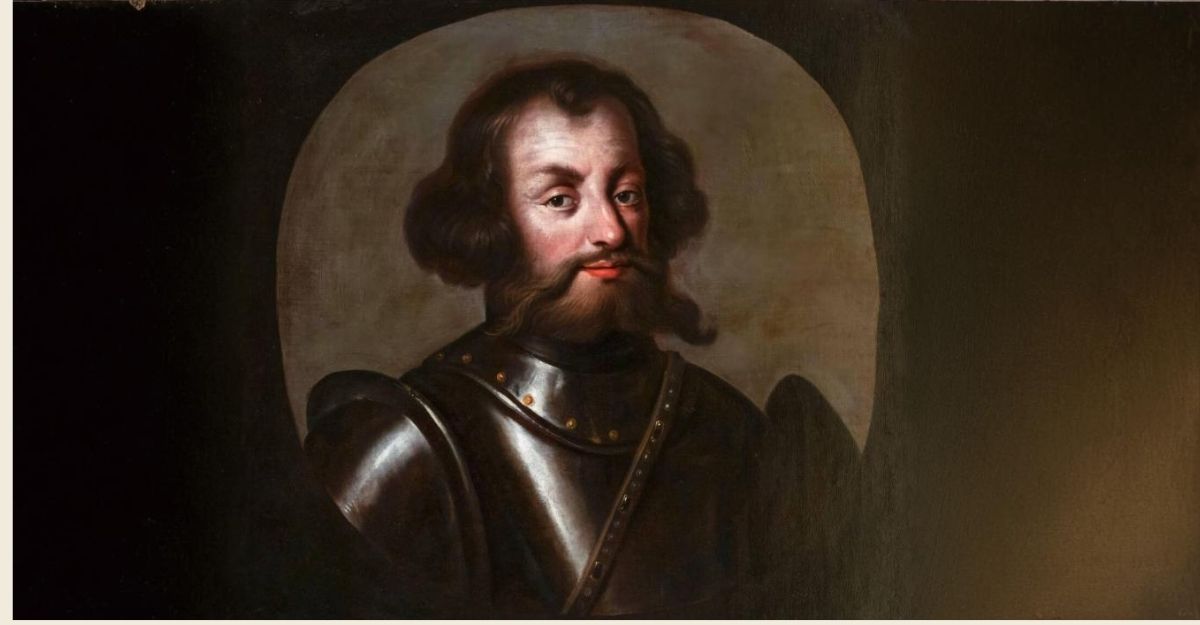
King Macbeth was Malcolm’s grandson to become the king after him. He was born in 1005 and died at the age of 52 in the Battle of Lumphanan, which took place on August 15, 1057. His monarchy tenure started at 1040 when he was 35 and ended in 1057.
According to different historians, he was a successful king during Scotland’s unstable periods. His strategies to effectively handle situations and his opponents who dared to damage the monarchy made him a popular king. Many battles like the Battle of Dunsinane, the Battle near Elgin, the Battle near Dunkeld, and many others occurred in his era while remaining victorious in many.
William the Lion (1165-1214)
Willian I, William the Lion, or William the Lion King were the identities of the same person who was a real fighting king. According to studies, he had the second-largest monarchy in Scotland, which continued for 49 years. He became the throne owner in 1165 when his brother, King Malcolm IV, died after a short span of his kingship. The previous king died at 24 and had no son to rule the monarch.
Like other Scottish monarchs, he exchanged heated moments with England and made an alliance with France in 1168. During the Battle of Alnwick, the English army captured him. As a result, he paid a large amount to secure his freedom. Lion Rampant, one of the Scottish symbols, might not be new to many. He was the first one to make and use this flag in different battles as his identity.
Alexander III (1249-1268)
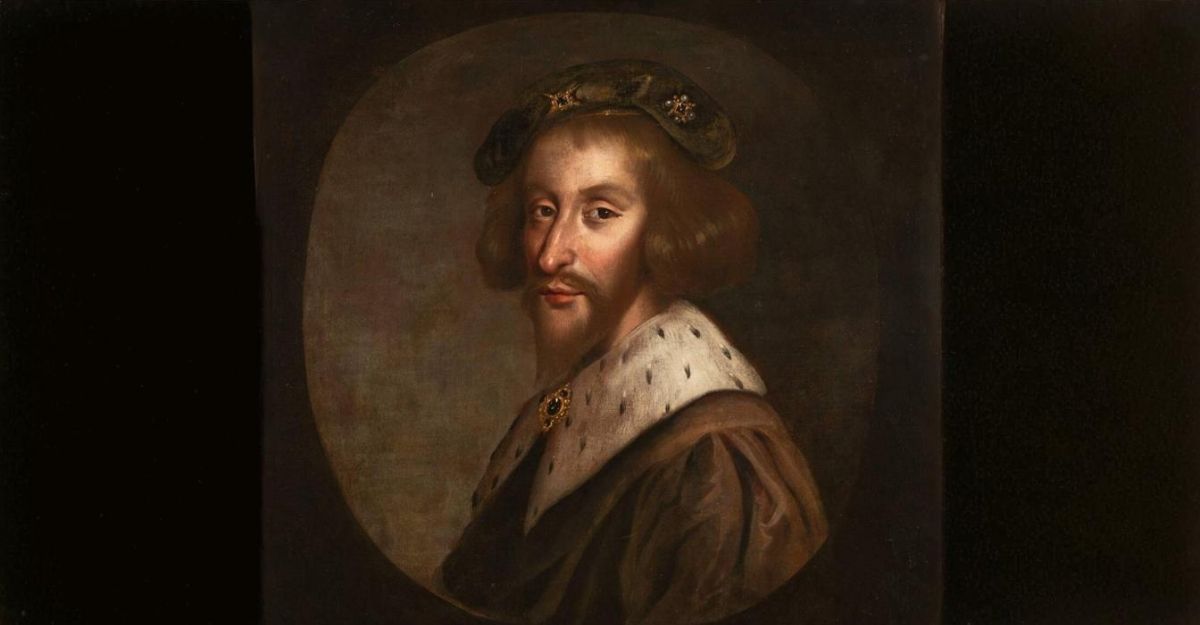
King Alexander III, one of the greatest Scottish Monarchs, was born in 1241 and was the only son of Alexander II. He was just 7 when his father died. Being the only son, he became the ruler of his kingdom. He was just 10 when he married the daughter of England’s monarch. At the age of 21, he started his father’s mission, where King II left it.
Alexander III was a strong-willed king who continued his father’s efforts to establish Scottish control of the Isles. In 1263, his army defeated King Hakon of Norway at the Battle of Largs. Moreover, he made some formal claims to the Western Isles and got them. The chain of success continued, many power bases of the time became the ownership of the king with time. He did not die in a war but probably slipped from his horse while traveling.
Robert The Bruce (1306-1329)
Robert the Bruce is an immortal monarch or king in Scottish history. Scots must thank this great leader because the freedom they enjoy today is just because of him. He opened his eyes in 1274 and got the throne in 1306 by killing his rival, John Comyn, with the help of Scottish nobles. He freed the Scots from the English monarch after a decisive battle of Bannockburn.
Many historical things are still associated with him, such as the story of a spider during his imprisonment. In the dungeon, he saw a spider trying to climb the wall but failing six times. On the seventh attempt, the spider succeeded. Robert watched all this and was motivated by it. He came out and defeated his rivals to conquer the country. Another thing is tartan, “Bruce tartan.” People still wear the tartan today to admire him. The kilts are available in different forms, including utility kilt.
James IV (1488-1513)
Scottish King James IV also secured his name among the most popular kings in history. He was quite a wise king who had a good education and could speak many languages. Following his kingship family tree he succeeded to the throne after his father died. James IV was the one to raise rebellion against his father.
James IV is known to renew alliances with Spain and France. Alliance with England was considered his biggest achievement, but it could not last longer, unfortunately. He married King Henry’s daughter. The problem arose when King Henry invaded France even after the peace alliance. James IV went with the Auld Alliance rather than the English Alliance. James IV was killed at the Battle of Flodden Field at the age of 40.
Mary, Queen of Scots (1542-1567)
Mary Queen, a woman monarch of Scotland, became ruler when she was just 6 days old. She remained the Scottish monarch from 1542 to 1567. She married Francis II, a French king and moved to France with his husband, where she ruled as well. Her marriage with the French king was after her abdication. She also left a great impression on France as a queen.
Mary Queen was against Elizabeth I and raised a rebellion against her. Unfortunately, could not retain her legacy and was captured. She remained in imprisonment for almost 19 years. Solid proof of her rebellion against the plot of Elizabeth resulted in her execution in 1587. Some considered her a heroine, while others considered her a negative character.
Conclusion
Scotland witnessed different situations in every century while different people dominated the country. When we talk about the famous Scottish monarchs, we see hundreds ruling different parts of Scotland. However, a few had left an incredible impact on history by doing something exceptional. A familiar name among them is Robert the Bruce, who freed Scot from English governance. Similarly, James IV was the one who successfully allied with Spain, Paris, and even England, but that couldn’t last, awfully. All of these heroes are still part of the country and living in different forms like their badges, tartans, bravery, symbols, etc.

